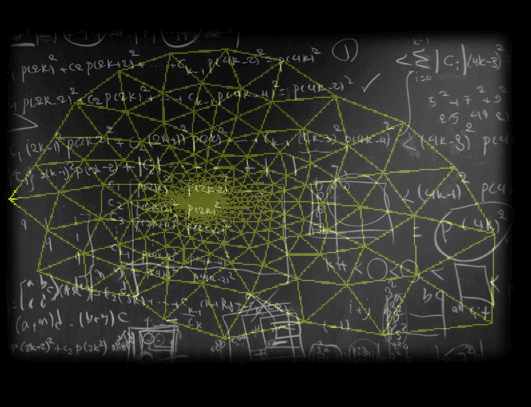A future is a derivative contract in which two parties agree to make a specified transaction at a particular date in the future. Buying a futures contract forms an agreement under which the investor agree to buy the underlying asset at a future date. Selling a future means taking the opposite side of that trade.
This guide is written as a general overview of the world of futures for those interested in exploring the market. Likely the most important piece of the derivatives market, the futures market offers a low cost way to bet on price changes, to hedge against those changes and to access asset markets without geographic or chronological limit.
Because of the intense multiplicity of futures contracts, it will be impossible to study any of them in any detail in this guide. Instead, reading on will offer you a broad glimpse of what futures are exactly, how they affect the market and under what circumstances they can be useful, or profitable, for investors.
The first part of the guide will concentrate on what futures are exactly, and why they differ from the more talked about financial instruments.
What are Futures?
Futures are, at their most simple, contracts selling goods that have not yet been produced. A farmer may decide to sell his entire crop production before realizing it, in order to get cash up front. In order to do this, it will have to be sold at a lower value than the expected yield. If a contract is struck, cash changes hands on Day 1, while crops don’t change hands until the agreed delivery date. The buyer of the contract takes on all of the risk of the transaction.
This is, in fact, the exact situation under which the futures contracts of today evolved. A farmer’s cash supply is extremely limited throughout the year, and futures allowed financial planning based on an agreed price for crops, and a way to ensure cash-flow if major expenses should come up.
Grain is still heavily traded through futures contracts, and farmers still face the exact same problems they did a century ago. Many other assets have been added to the market, however, from the obvious commodities, like fruit, vegetables, beef and oil, to the more abstract, like bonds, company stock and other derivatives.
A future is a type of derivative, meaning that it is a contract that refers to an actual asset. Its price moves with the underlying asset, in this case grain, but the actual asset isn’t traded or directly connected to the contract. There is no specific ton of corn that must be delivered on the expiry date.
The important difference between the grain contract struck by the farmer and today’s futures is that today’s instruments can be traded openly. The futures market is very liquid in most cases, allowing you to buy and sell contracts without having to worry about storing a ton of grain.
Leverage and futures
Leverage means debt, and one of the most powerful features of futures contracts is the ability to pay for them in part, leaving the balance of payment outstanding until some future date, often the same as the expiration of the contract. A short example will illuminate the power of leverage while giving an insight into the workings of a futures contract.
Day One: a contract is struck putting the price of a ton of grain at $100. The Buyer, or Investor, agrees to pay the Seller, or Farmer, $10 upfront and the remainder on the Expiry Date, or harvest.
If the weather is worse than expected and the price of grain jumps to $110 per ton a few weeks later, the buyer will be able to sell the contract for that amount, less the $90 outstanding, and make a $10 profit. With the contract sold, he has no more obligation to the farmer so the total investment was $10.
Leverage allowed the investor to make a 100% return. The margin on this investment was 10% allowing a multiple of 10 on all returns. If the margin was 5% it would have allowed a multiple of 20, but both buyer and seller would have to agree to the margin. In practice, margins on futures are decided on by the brokerages that sell them for the most part.
Astute observers will have noticed that if the price of grain fell, let’s say to $90, on the above contract, the Investor would have lost his entire investment. If it had fallen even lower, the Investor would have been forced to pay out more than he invested in the first place. This is called a margin call, and it is what makes leverage such a powerful and risky tool for investors.
Futures summary
-A future is a contract whereby the seller agrees to sell some asset to the buyer at a specified date.
-Futures can be traded openly at any time up to the expiration date, at which the difference must be settled.
-Futures can be leveraged, or bought on credit, meaning returns can be magnified and investors can lose more than they initially invested.
Tradersdna is a leading digital and social media platform for traders and investors. Tradersdna offers premiere resources for trading and investing education, digital resources for personal finance, market analysis and free trading guides. More about TradersDNA Features: What Does It Take to Become an Aggressive Trader? | Everything You Need to Know About White Label Trading Software | Advantages of Automated Forex Trading


































